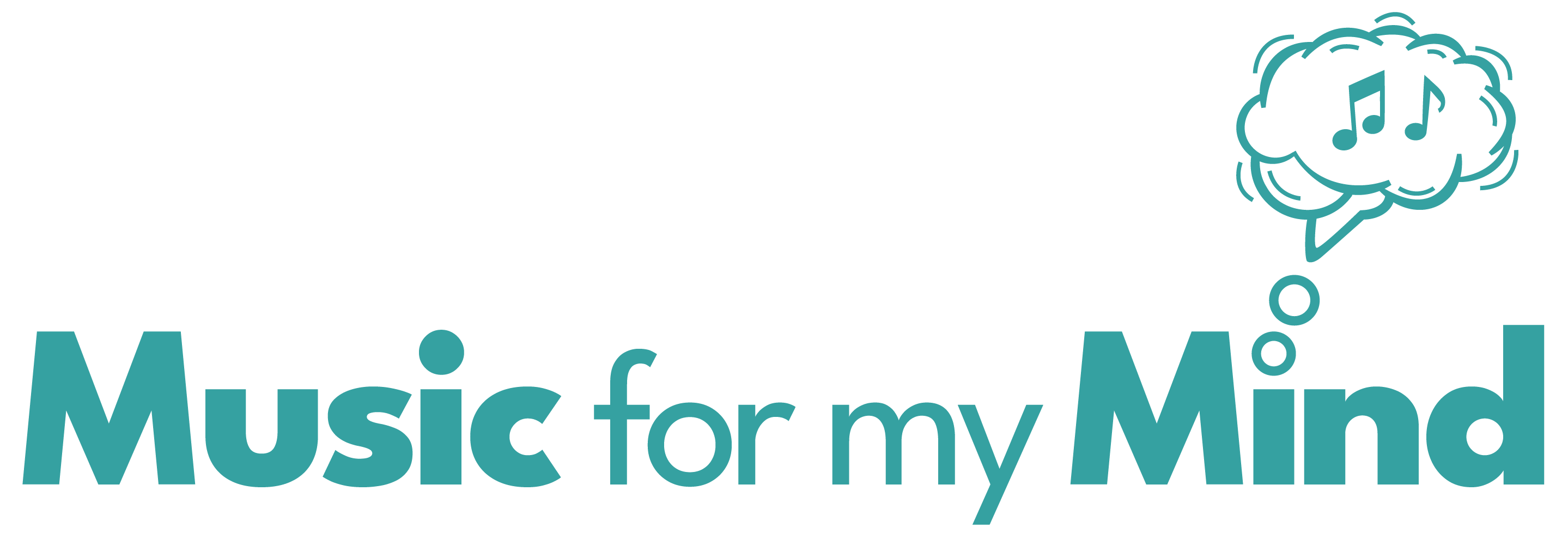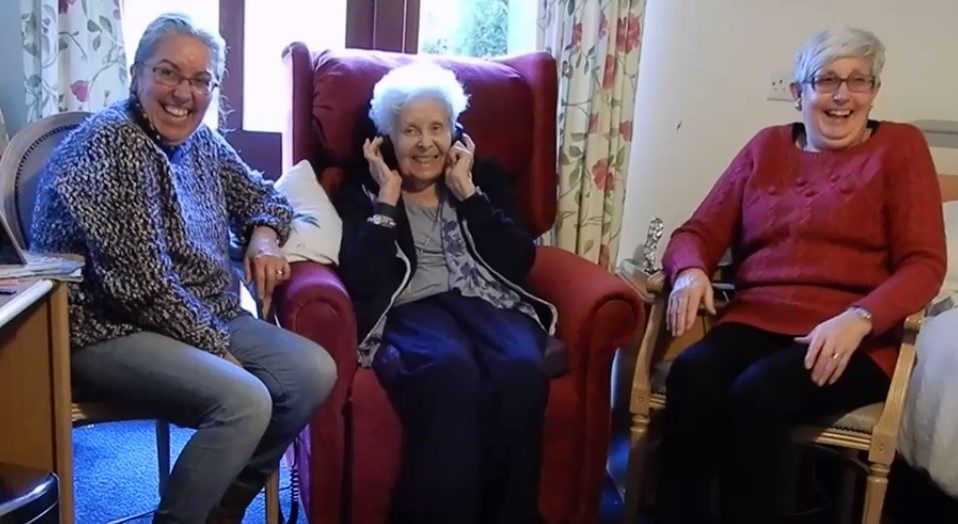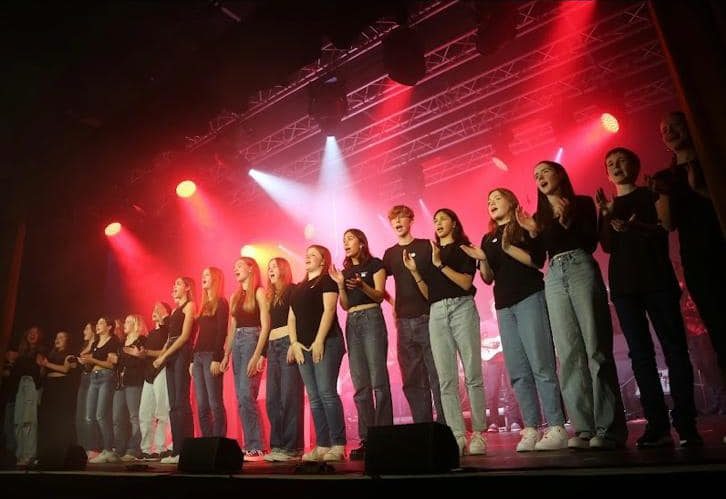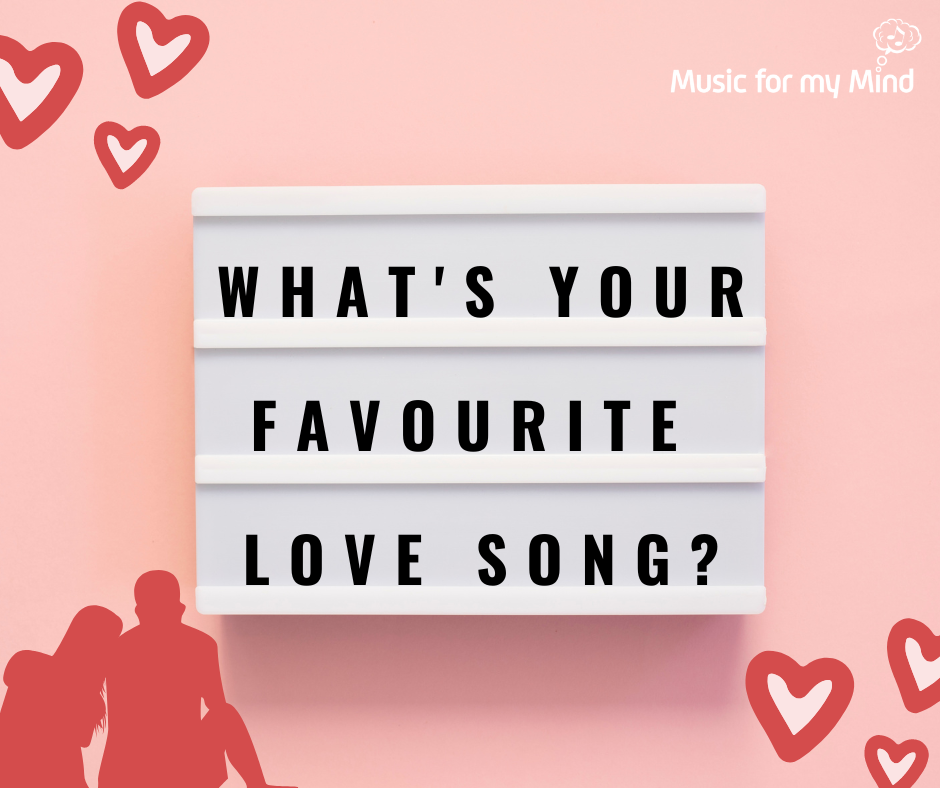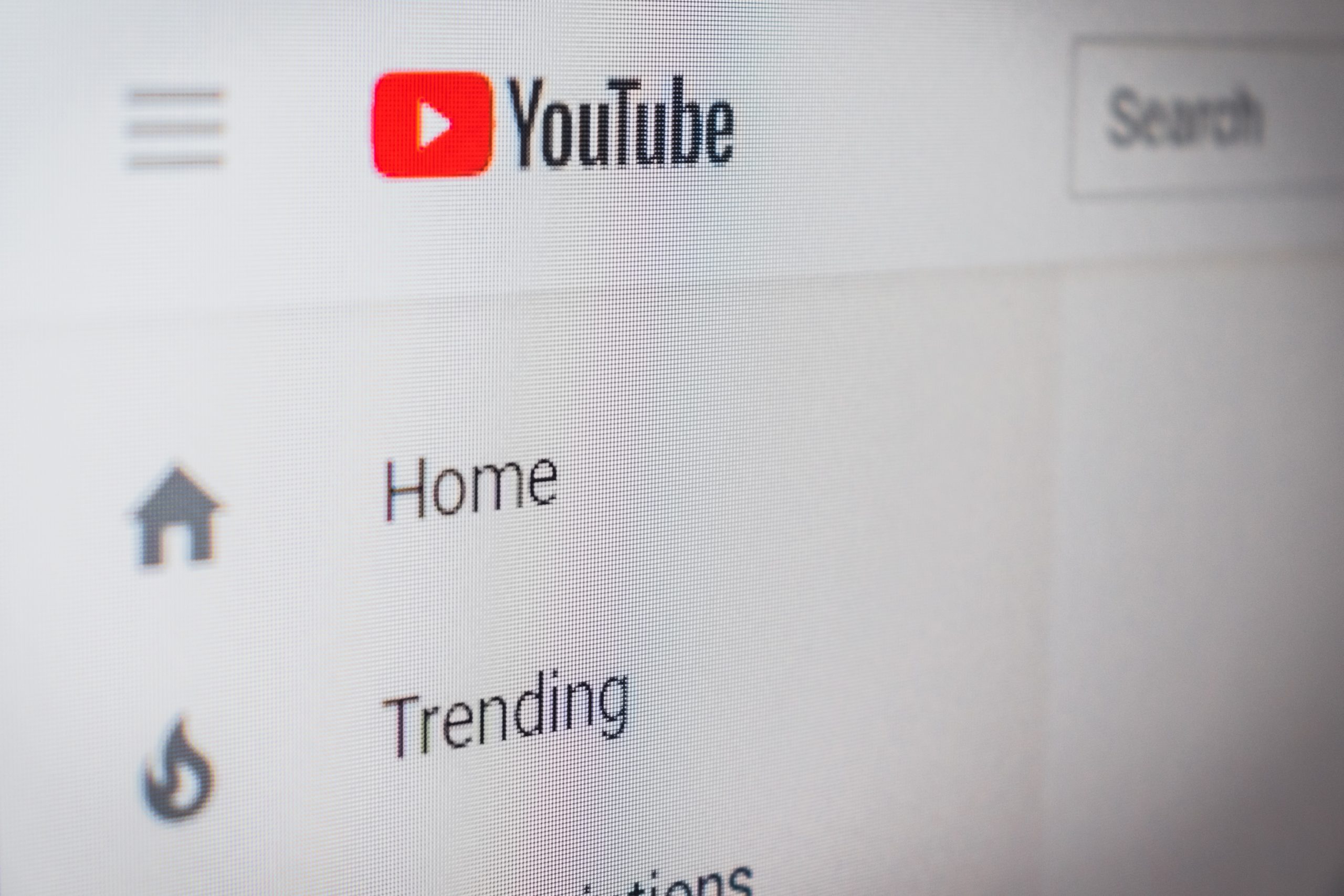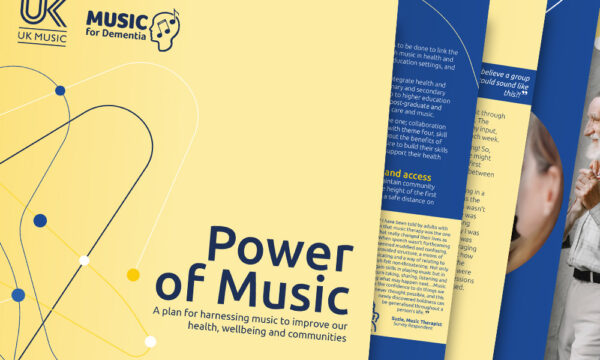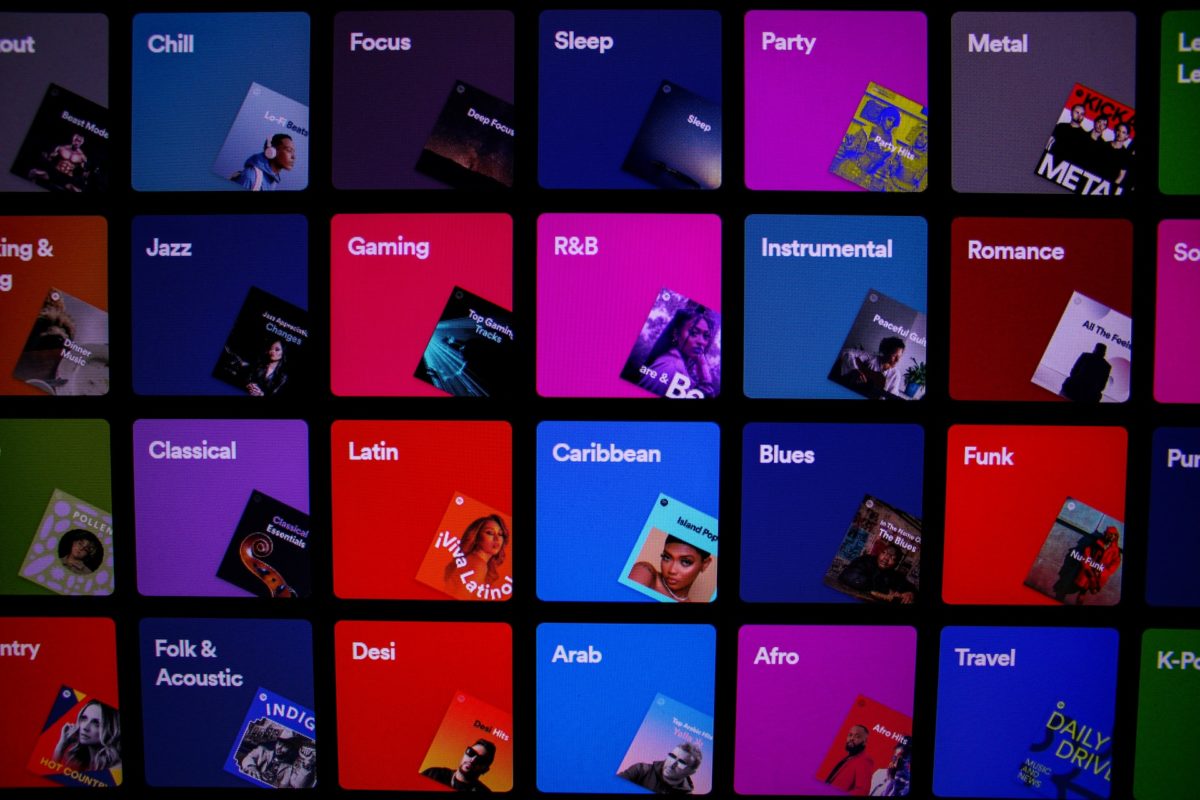MFMM is delighted to re-start a study using novel tech to measure effects of personalised music on people living
with dementia.
The Beat Goes On – fundraising event
Our deepest appreciation to the Hurst Children’s Theatre Group for choosing MFMM as one of the supported charities during their Variety show.
Continue readingAll Things Love and a Valentine’s Playlist!
Pretty much every song you’ve ever heard is about one thing and one thing only. Can you guess what that is? Listen to our ‘2023 Valentine’s Playlist’.
Continue readingChristmas Playlist Bonanza!
Christmas music is more than just the background to the party. Each year those firm favourites, often played a little ahead of time in the dying days of November, announce that Christmas is around the corner!
Continue readingMFMM’s Autumn 2023 Playlist
The leaves are just the right shade of brown, the sky just the right shade of blue. And we have the perfect playlist for your autumn!
Continue readingApp Update: Our Playlist Maker now includes YouTube
You can now choose between Spotify or YouTube as a way to listen to your personalised playlist! This has all been made possible with the helpful feedback we receive from families who have used our Playlist Maker.
Continue readingA new team member and Facebook Birthday Fundraisers
Meet our newest team meber, Katie Snell, who will be heading our marketing and communications efforts. She explains how everyone can get involved with Facebook Birthday Fundraisers!
Continue readingPower of Music Report
Exciting news has come this spring as the foundation Music for Dementia, together with UK Music, have just released their definitive report ‘The Power of Music’.
Continue readingHollick Family Foundation Support
Music for my Mind would like to thank the Hollick Family Foundation for their generous support over the years!
Continue readingUnderstanding Spotify and its recommendation tool
You might already have experience with Spotify or maybe you came accross it in our Playlist Maker app. Either way, we thought it would be useful to explain this facet of our work that comes up over and over again, but remains for many a bit of a mystery as to how it actually works: Spotify.
Continue reading
